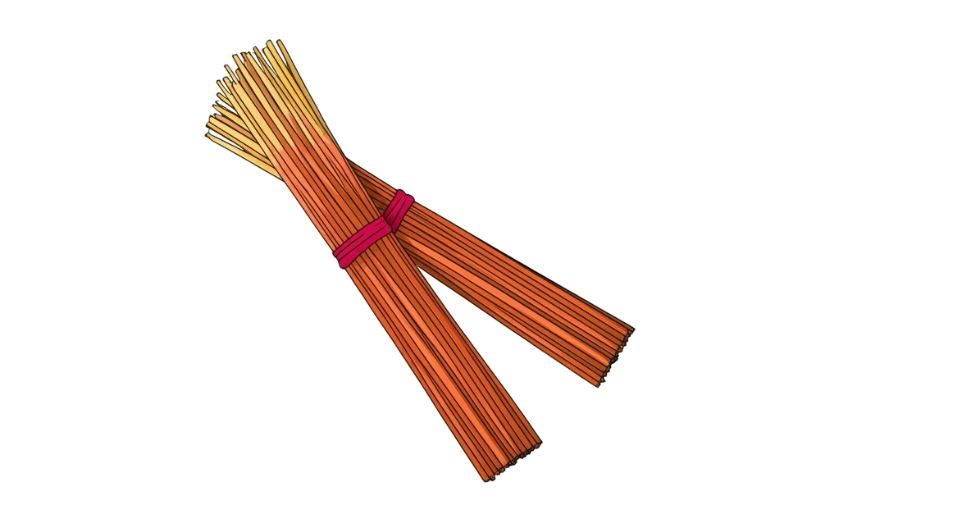
Jul 23, 2025

The latest report published by Metastat Insight focuses on the Global Incense Market, reflecting on it in a comprehensive insight into its prevailing situation, root cause, and shifting consumer trend. The detailed report gives a rich picture of a world inspired by culture, spirituality, and shifting lifestyle patterns. Incense, formerly a staple of ritual, meditation, and everyday use in most of the globe, has undergone a subtle evolution as it adapted to meet contemporary tastes and needs.
The incense industry today has been defined by a subtle but profound shift in product line and customer base in the past several years. Where incense had once been mainly consumed through traditional religious ceremonies or specialized cultural festivals, it now has a diversified portfolio of customers embracing it for health, therapy, and even interior design. This subdued but steady movement into more expansive lifestyle segments is unequivocally an evolution in the thinking and application of incense globally. Manufacturers today are trying out an array of various fragrance profiles in their quest to woo this growing constituency.
The formulas are becoming more sophisticated, and natural, sustainably sourced ingredients are attracting greater interest. Customers are no longer content with straightforward fragrances; they desire perfumes that answer their own moralities, whether sustainability, purity, or craft beauty. They have impacted manufacturing, and small-batch, artisanal products with a heritage and authenticity message have increased in demand. It is less about scent and more about story, and the brands are selling the origin of their ingredients or the handcrafted nature of their production process. Regional differences also impact the development of the incense market. While religious and cultural uses leave Asian markets anchored on incense, Western markets have adopted it as part of broader wellness and self-care movements.
Increased use of aromatherapy, meditation, and demands for tranquil home environments have all helped spread the popularity of incense beyond its traditional strongholds. In these newer markets, incense is packaged and sold along with candles, essential oils, and diffusers and presented as part of an overall wellness regimen and not as an esoteric or specialty product. These efforts at marketing have ensued. Visual identity demands minimalism, the earth tone color palette, and calming and contemplative word and phrase selection. Packaging today includes subdued color schemes, recyclability, and educational stamping that comforts consumers about the environmental and ethical footprint of their buys.
The incense tale has progressed stealthily from mysticism and ritual to a tale of everyday uplift and emotional nourishment. It is not quite so strange now to include incense as part of a regime in a daily timetable aimed at generating time to unwind or to signal transition points during the day, e.g., work to leisure. The proliferation of e-commerce has transformed the landscape too for the Global Incense Market. Direct-to-consumer businesses survive on subscription models, customization, and limited editions that track with dominant wishes for personalization and scarcity. Social media, particularly visually driven media, have been a fertile soil in which to establish communities, make pronouncements of values, and speak visually about the sensory quality of propositions. Influencer partnerships and user-generated content also imbue the brand with trustworthiness and credibility that especially speaks volumes to younger consumers.
Supply chains for the incense industry have not been exempt from global turmoil, and companies have been compelled to reconsider sourcing models and seek out more local possibilities where feasible. Innovation of material and process has been spurred, and some producers are testing novel plant-based binders or seeking out lesser-known aromatic plants. These advances are part of a larger resilience within the sector, where tradition and innovation go side by side in the midst of internal aspirations and external forces. Competition continues to be diversified, setting old-established heritage brands against new entrants who specialize in lifestyles today.
This diversification affords a dynamic interface between tradition and modernity, heritage and innovation. Whereas established brands depend on their age-old image and deep cultural roots, their younger counterparts bring responsiveness and a keen eye for emerging trends so that the incense market is dynamic and responsive. Consumer engagement has become thoughtful and reflective. Transparency in ingredient, source, and process of making is increasingly demanded. Organic certification, fair trade certification, or carbon neutrality certification has huge sway in purchases.
This shift is a manifestation of the broader social challenges of environmental regulation and ethical consumption, which have come easily to insinuate themselves into incense manufacture and branding narratives. More broadly, the definitive findings described in the recently published report by Metastat Insight on the Global Incense Market present an industry of quiet tradition and subtle transformation. The marriage of tradition and modern-day consumer dictate has created a market space that honors its heritage but incrementally moves into new ground. In creating customs, refined lines, and expanding interests in wellness and mindfulness, the incense market consistently re-presents itself in light of a world that is increasingly interested in the sensory and religious in daily life.
Drop us an email at:
Call us on:
+1 214 613 5758
+91 73850 57479